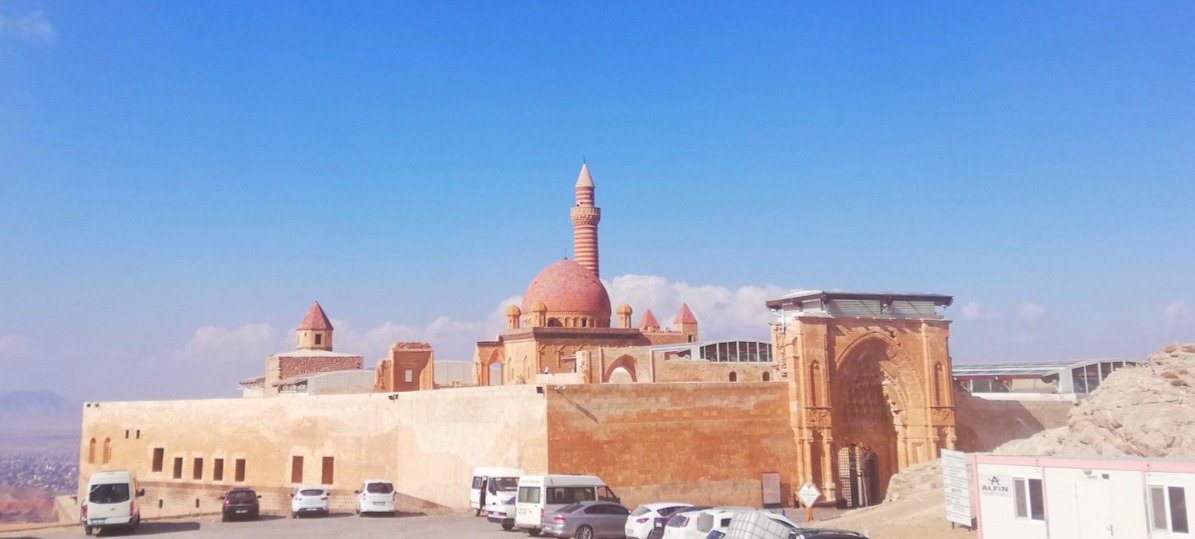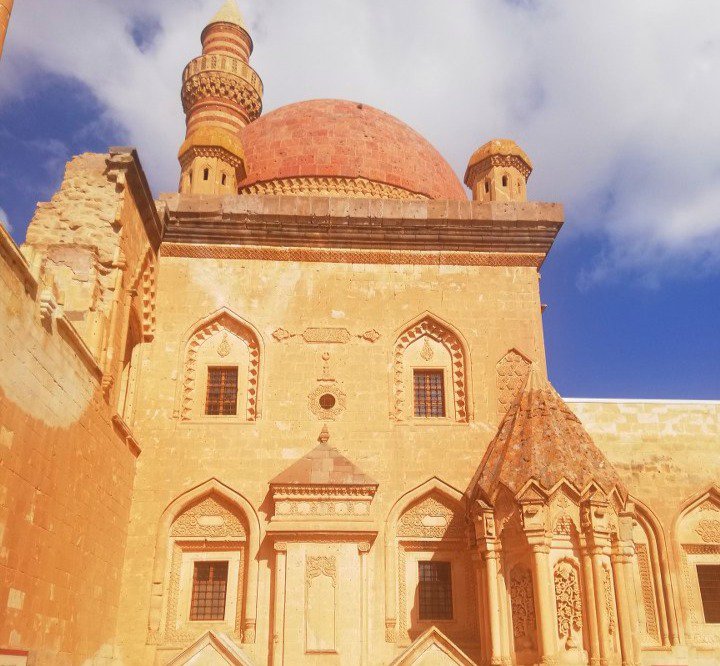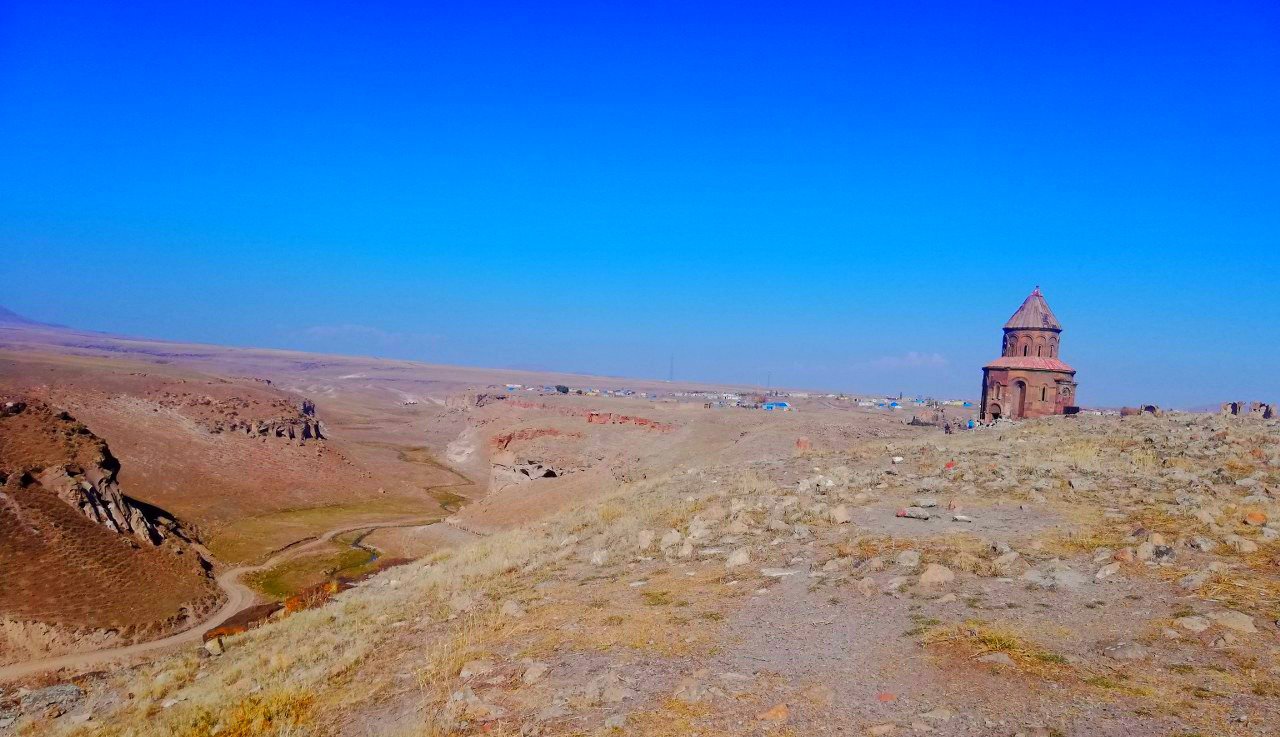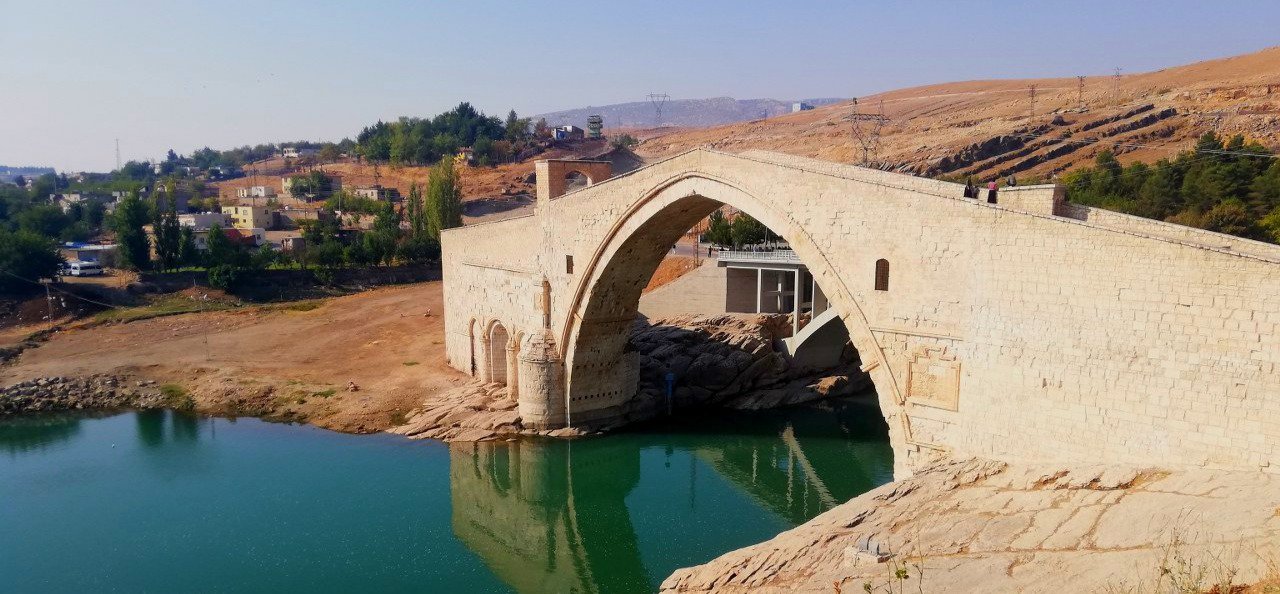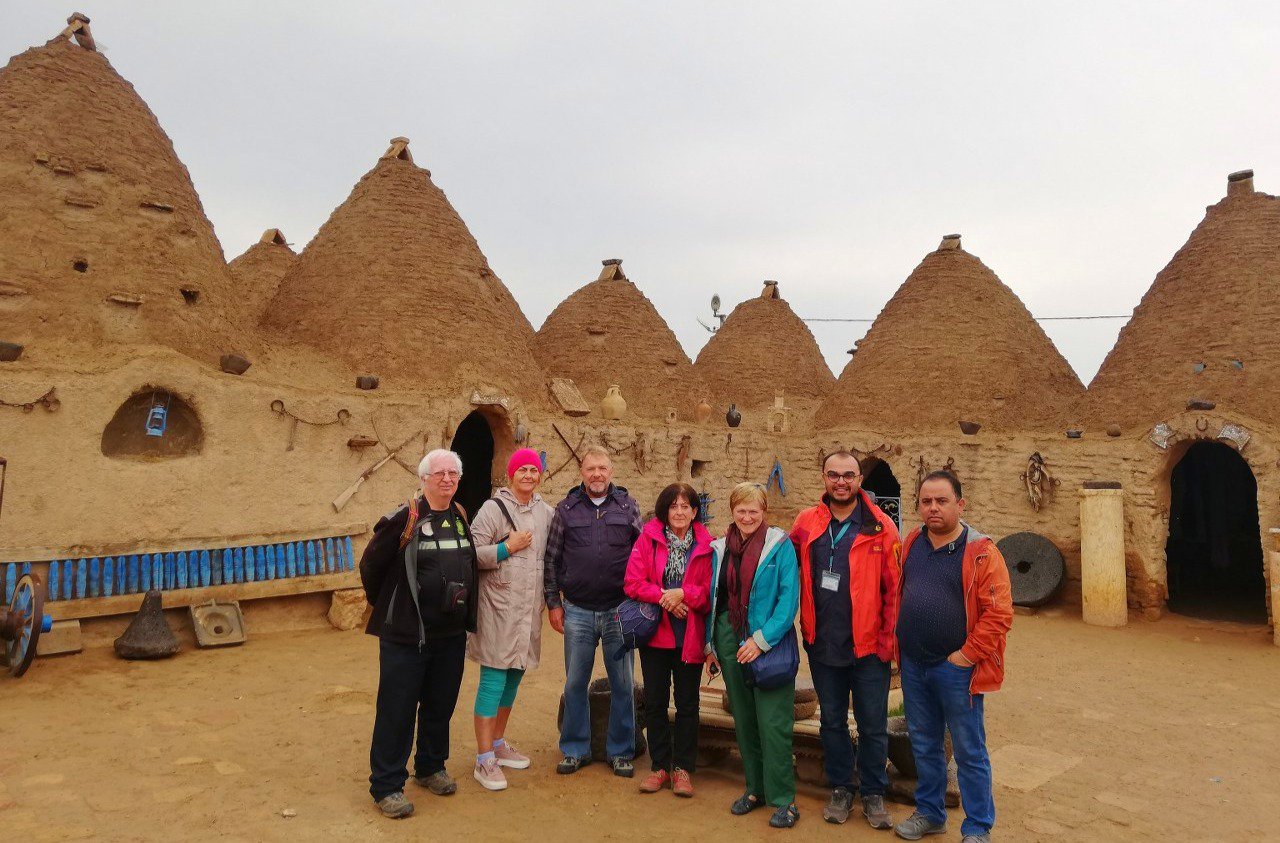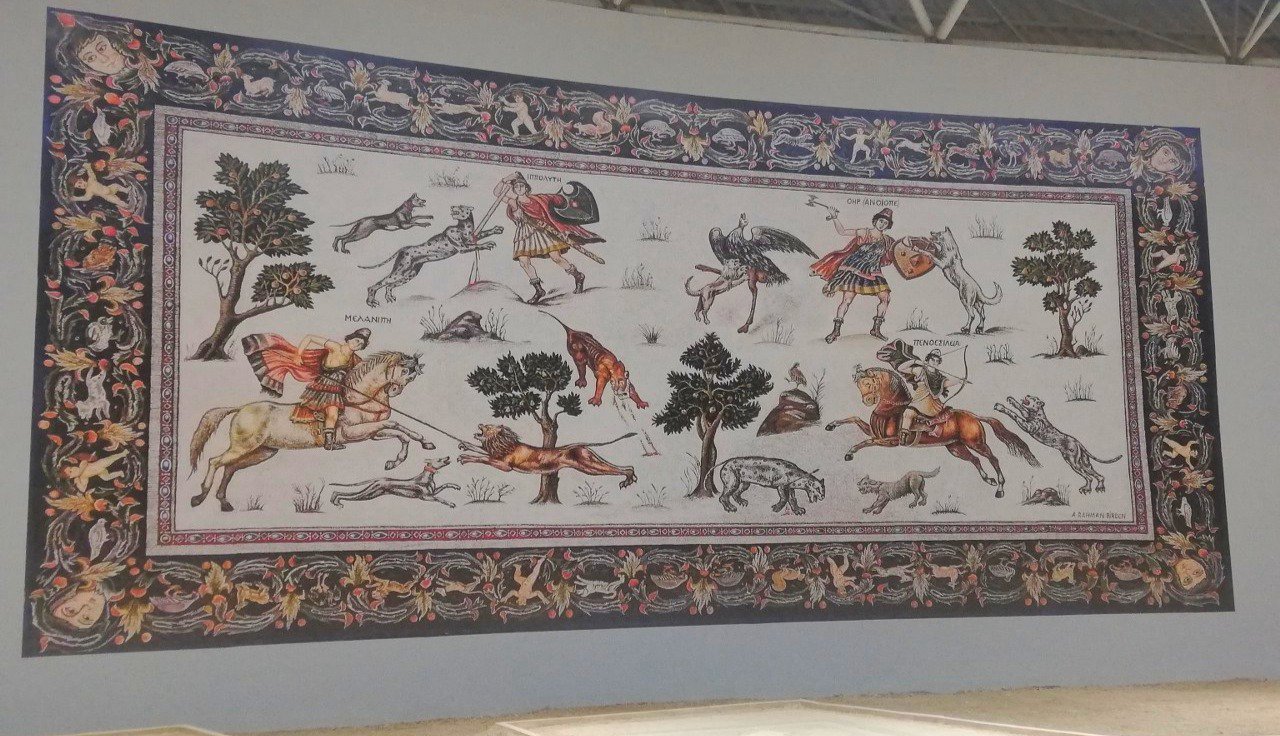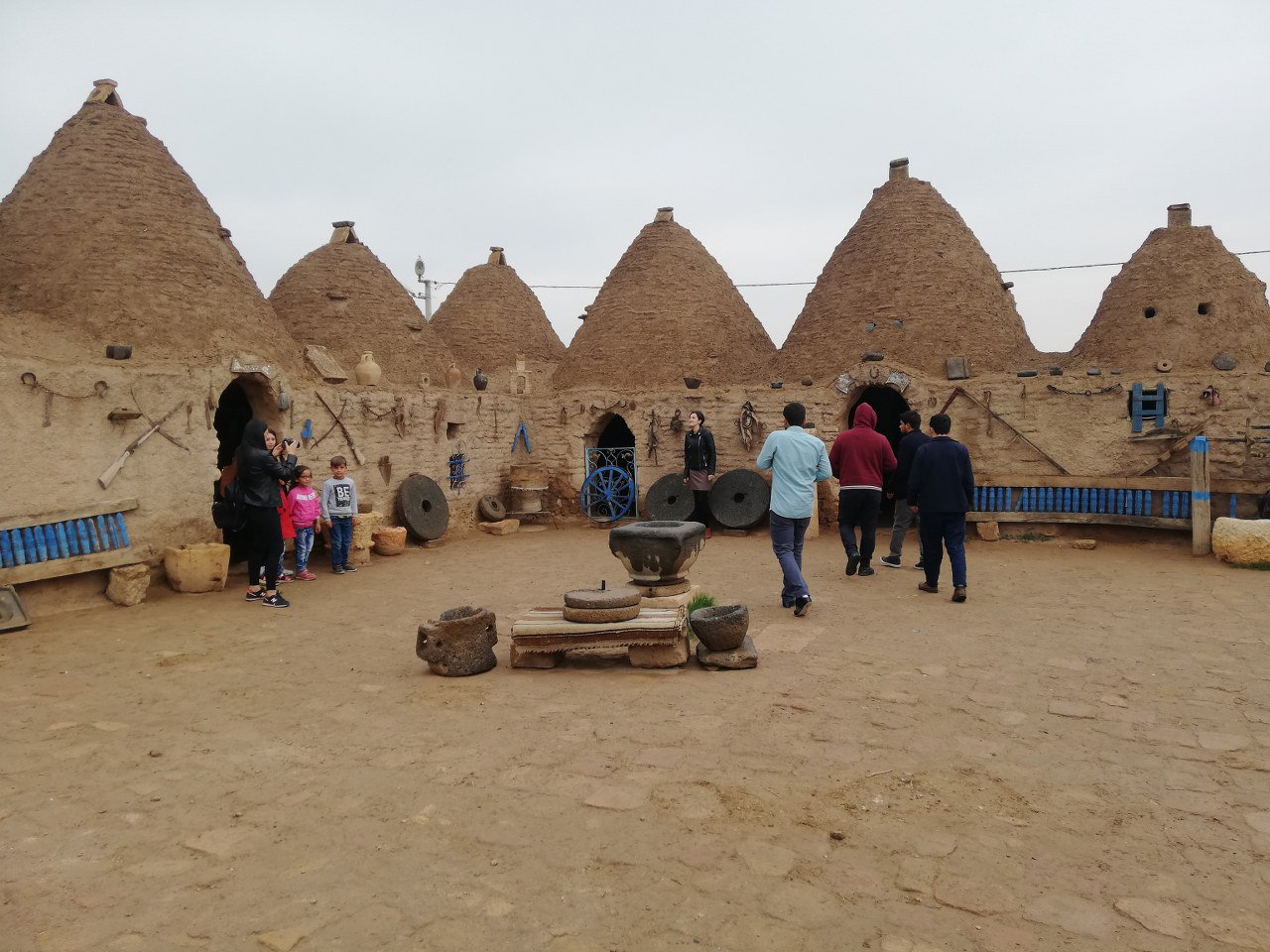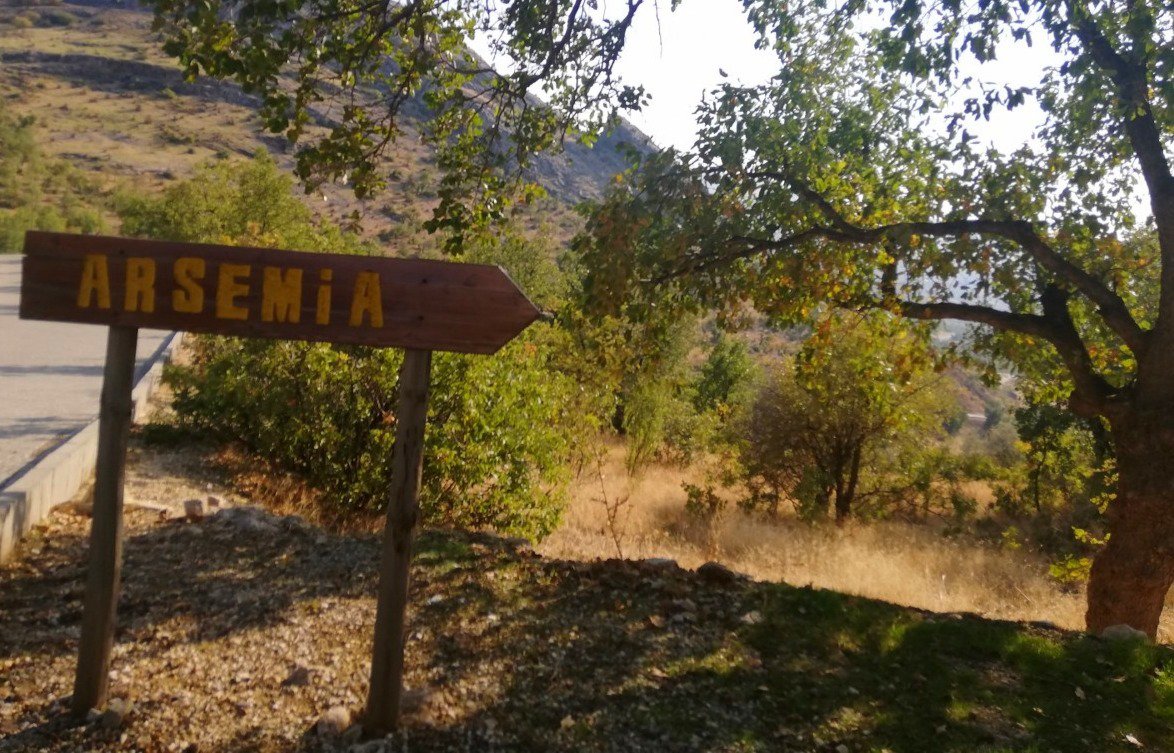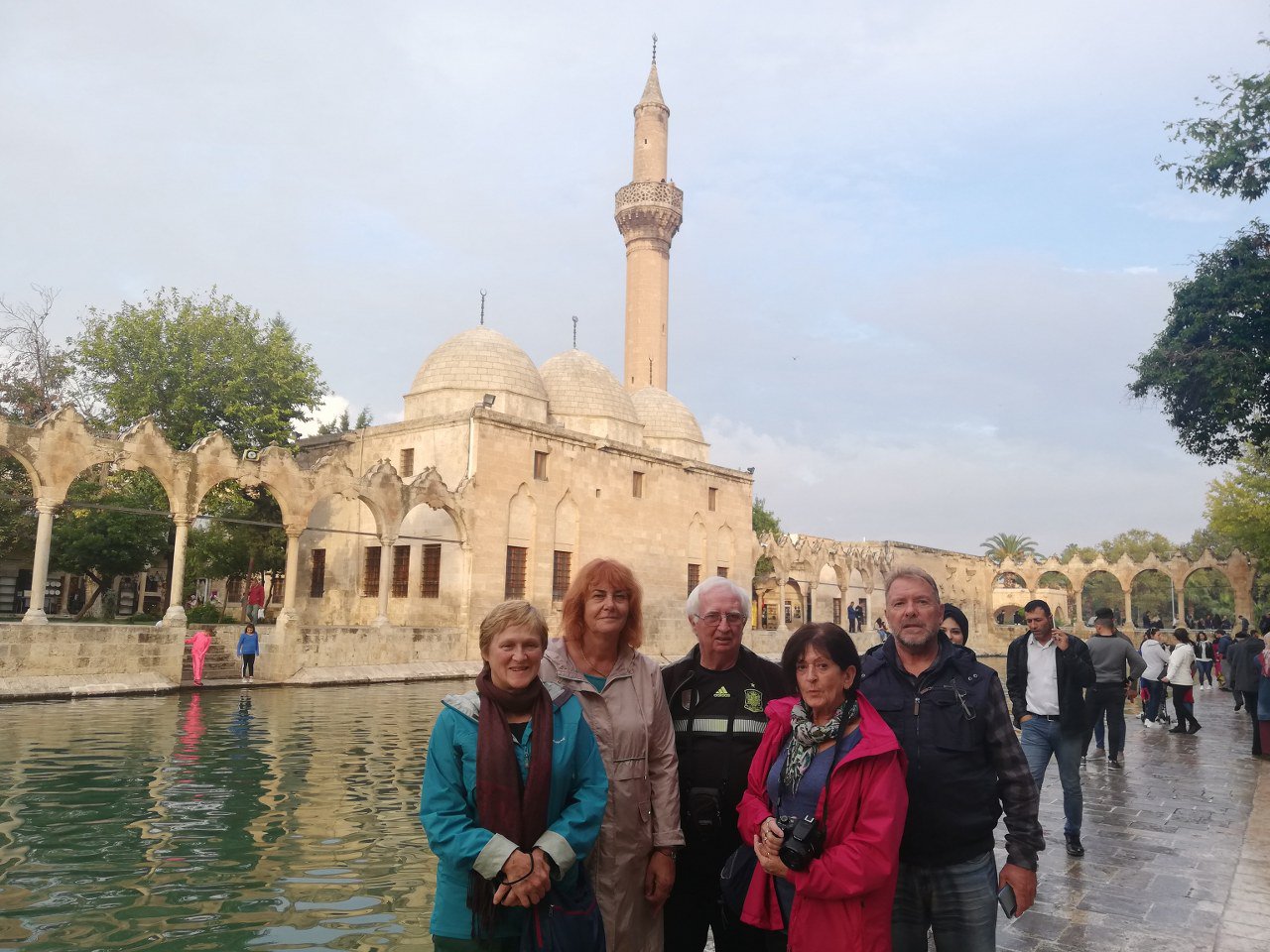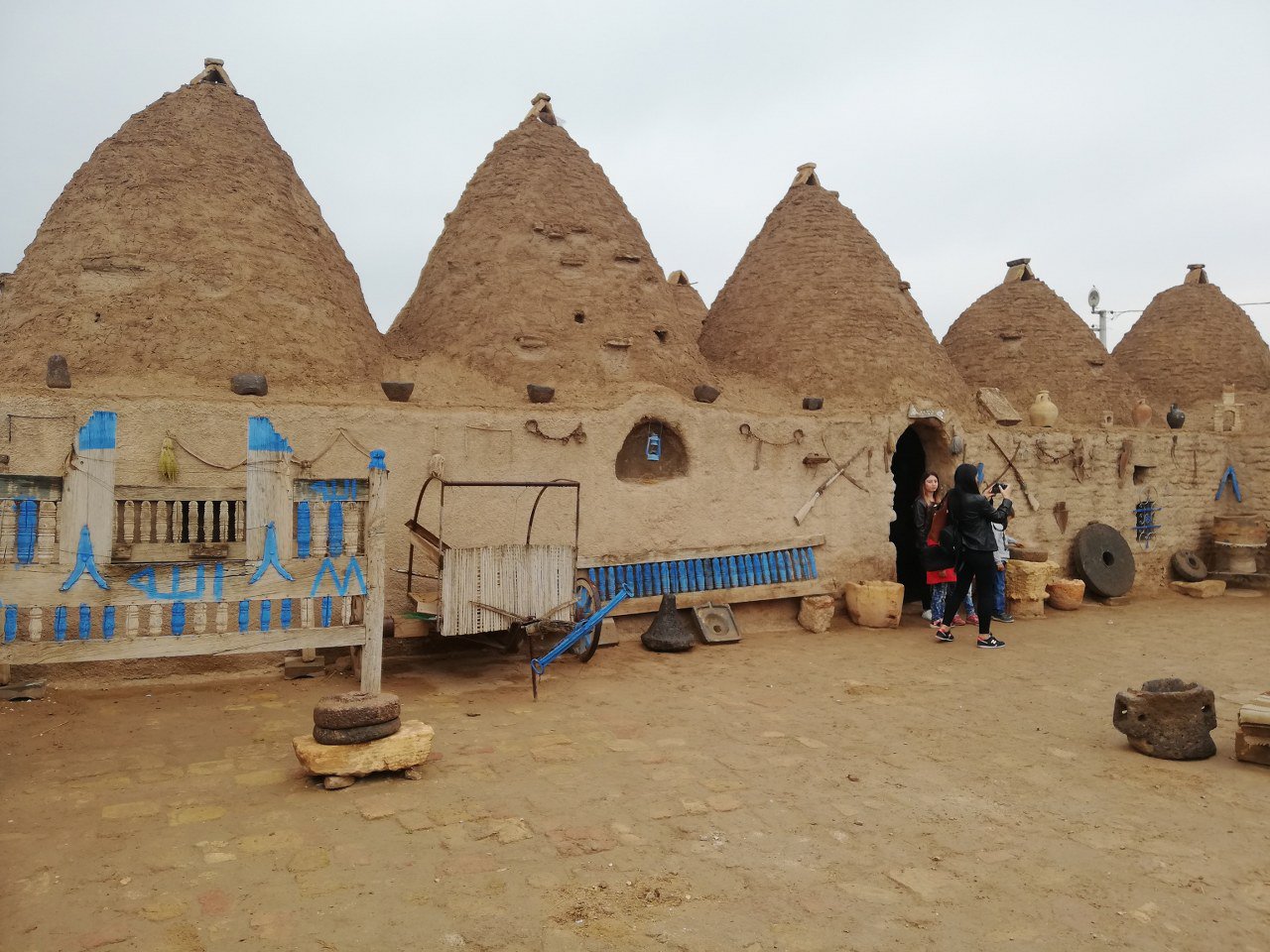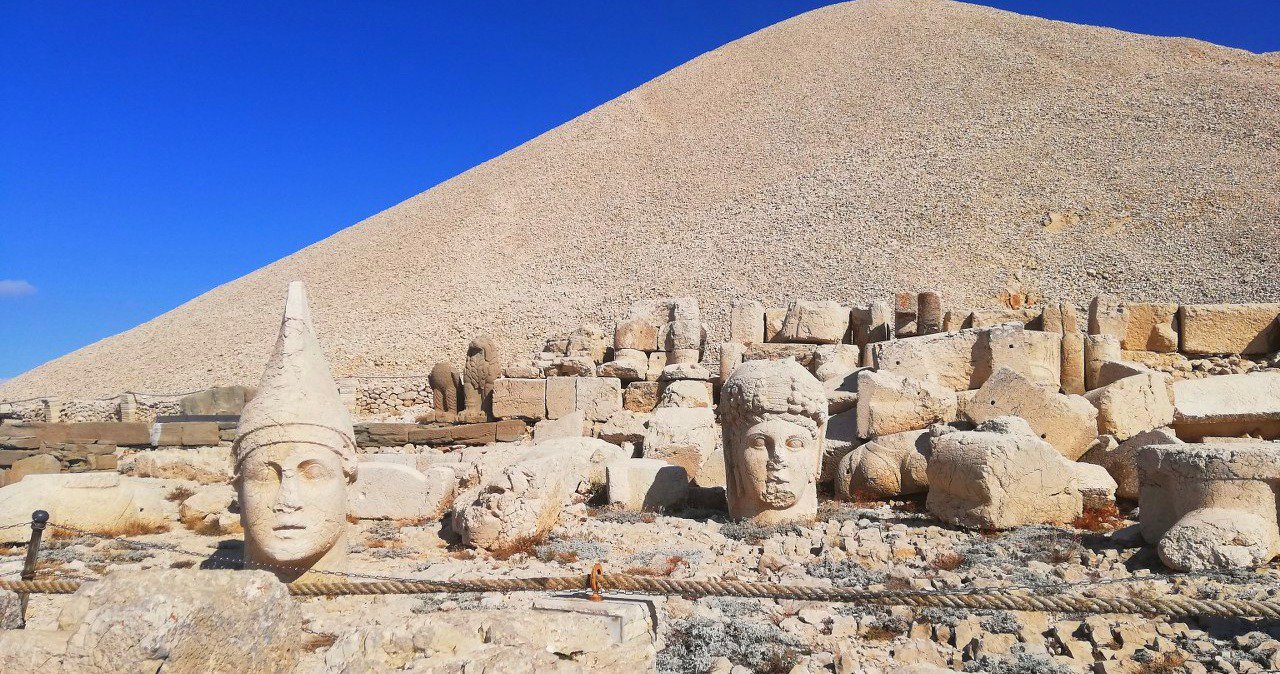Fertile Crescent Mesopotamia
 Initial region
South East Turkey
Initial region
South East Turkey
 Duration
10 Days
Duration
10 Days
 Language
English
Language
English
 Price
€ 1.550 / person
Price
€ 1.550 / person
A journey to the Anatolian sacred lands
Mesopotamian Turkey
Explore Van, Mardin, Urfa, Adıyaman, Nemrut, Antep, Hatay
Discover the oldest temple in world Gobeklitepe
Turkey, the cradle of civilizations is such a diverse country in every aspect. In that sense, the north Mesopotamia (South East Anatolia) in Turkey is one of the foremost regions in the ancient history. During our tour, we are going to explore the sacred lands of Gaziantep, Adiyaman, Diyarbakir, Mardin and Sanliurfa provinces. As a lifetime experience, this is certainly not an ordinary sightseeing trip, since we are going to witness some of the most ancient heritage in the world ever created by the humankind. The region stands out with its amazing cuisine, a huge variety of crafts, unique civil architecture, incredible museums, thousands of years old shrines and temples, colorful medieval arcades and extremely hospitable locals. Come and join us for an unforgettable journey!
Day 1 : Fligt to Van, Transfer from airport to hotel (10 km-15min)
Depart from home , flight to Van airport. Group meets with guide in Van airport and drive to hotel in city centre.it is 10 km distance or 15 minutes away. Depending on the time of arrival ,there is a chance to make a city tour.
Day 2 : Van- Van Castle- Akdamar island boat trip–Ahtamar church
After breakfast in hotel we drive to Van Castle , walk over the castle and reach to top to watch Lake Van. This 3000 years old castle has inscriptions from Urartu civilization.Then we visit world wide famous Van cat cat house. In the afternoon we drive to Akdamar island and visit Akdamar church where there is a well documented Armenian church with the most ornate reliefs depicting scenes from the Old Testament.We take boat to visit it.
Evening we arrive to Tatvan and check in to hotel.
Hotel (B, )
Day 3: Tatvan - Hasankeyf - Mardin:
We drive along Batman river, still spanned by one of the largest stone bridges of its kind. Turning south , we visit the ancient town of Hasankeyf. This town will, unfortunately, soon be flooded under the waters of a dam and so we will be able to learn what the local populace think about this first hand. In the afternoon we continue on to Mardin,a hillside town overlooking the plains of northern Syria.
Hotel (B,)
Day 4: Mardin- Deyrul saffaran monastery Old Mardin Centre:
After breakfast we have the chance to spend some time in the evocative, stone-built, hillside city of Mardin, home to Turkey’s few remaining Syrian Christians. The architecture here is both ornate and fascinating, particularly the mosques and churches. The old markets are also well worth a wander, down lanes between stone houses as they slope on down the hill. The museum is also quite beautiful with a great view. . There are also a number of monasteries still active in the area and we hope to be able to visit one of them. The local cuisine is also rightly famous and we intend on indulging ourselves accordingly Late evening we drive to Urfa where we stay 2 nights. Sleep in Urfa
Hotel (B,)
Day 5: Urfa Urfa museum Gobeli tepe- Harran Abrahams Cave Balık Fish Lake
We start our day in the old Crusader town of Edessa, now called Urfa. It is believed to be the birthplace of Abraham. Its labyrinthine bazaar is both inviting for its offer of cool shade and fascinating for its wares. The cuisine in this area has a reputation for being ‘fiery’. Its old medrasses (schools) lie next to ornamental lakes with their tea gardens, giving the appearance of a harmonious union between nature and architecture. We also visit Gobelitepe and Harran Bee Hive village and overnight ,in same hotel
Hotel (B,)
Day 6: Mount Nemrut – Arsemia site- Karakus tumulus- cendere bridge- Nemrut Mount
After breakfast we drive to Mount Nemrut region to visit Cendere bridge, Karakus Tumulus and Ancient city of Arsemia. Then we continue to 2134m high Mount Nemrut. In 62 BC, King Antiochus I theos of Commagene built on the mountain top a tomb-sanctuary flanked by huge statues 8–9-metre-high (26–30 ft) of himself, two lions, two eagles and various Greek, Armenian, and Medes gods, such as Zeus-Aramazd or Oromasdes (associated with Zoroastrian god Ahura Mazda), Hercules-Vahagn, Tyche-Bakht, and Apollo-Mihr-Mithras. These statues were once seated, with names of each god inscribed on them standing over the 2100 years on the top of mountain .After watching sunset, we turn back to Adıyaman.
Hotel in Adıyaman (B)
Day 7: Gaziantep-Zeugma museum- Gourmet tour
Today we leave for Gaziantep and visit Zeugma museum and try best south eastern Turkey cousines of Gaziantep. Antep kebab, içli köfte , lahmacun, baklava, antep pistachio comes from Antep through history. In the afternoon we check in to the hotel in Gaziantep.
Hotel in Gaziantep (B)
Day 8: Drive to Antioch – St Peter church- Old Town
Today we drive to Antakya and visit St Pier church, old town. City houses Ortodoks, Catholic, Protestant church mosques and Sinagogs. We visit some of the historical monuments. The town has its unique tastes.
Sleep in hotel in Antakya
Day 9: Drive to Adana
Today we drive to Armenian Village Vakıflı and visit it. Then we drive Adana for our last day. We visit Sabancı mosque, town and museums. We end our tour in the evening. You can choose a flight to İstanbul or Sleep in Adana and you can fly to Spain next day( please choose a flight in the afternoon if you want to end the tour on day 9)
Day 10 : Transfer to Adana airport and fly to Home
Transfer to Adana airport from hotel, 15 km or 15 minutes. Tour ends Thank you
- All accomodation
- All guiding
- All transport arrangements a.c. car,van or minibus
- Driver during tour
- All breakfast in hotels
- Turkish travel insurance and tour licence and permissions
- All entrance fees written/mentioned in the program.
- All meals (lunch and dinners)
- All drinks)
- External flights
- Tips for the staff (at your discretion)
Price:
Prices written below are per pax. Single room is extra.
2 Pax: please contact us we offer you best price in USD or EUR pp
3-5 Pax :
6 Pax+ :1980 EUR pp
TOUR
Fertile Crescent, the region where the first settled agricultural communities of the Middle East and Mediterranean basin are thought to have originated by the early 9th millennium BCE. The term was popularized by the American Orientalist James Henry Breasted. The Fertile Crescent includes a roughly crescent-shaped area of relatively fertile land which probably had a more moderate, agriculturally productive climate in the past than today, especially in Mesopotamia and the Nile valley. Situated between the Arabian Desert to the south and the mountains of the Armenian Highland to the north, it extends from Babylonia and adjacent Elam (the southwestern province of Persia, also called Susiana) up the Tigris and Euphrates rivers to Assyria. From the Zagros Mountains east of Assyria it continues westward over Syria to the Mediterranean and extends southward to southern Palestine. The Nile valley of Egypt is often included as a further extension, especially since the short interruption in Sinai is no greater than similar desert breaks that disturb its continuity in Mesopotamia and Syria. Throughout the region, irrigation is necessary for the best agricultural results and, indeed, is often essential to any farming at all. Radiocarbon dating has shown that incipient agriculture and village agglomerations in the Fertile Crescent there must be dated back to about 8000 BCE, if not earlier, and that the use of irrigation followed rapidly. The ancient countries of the Fertile Crescent, such as Sumer, Babylonia, Assyria, Egypt, and Phoenicia, are regarded as some of the world’s earliest complex societies.



